Last week, Base announced the winners of the Onchain Summer Buildathon. From May 31 to June 30th, builders created projects across a broad range of verticals, and 7,500 participants submitted over 1,250 projects for a piece of a 250 ETH (~$625,000) prize pool.
There were 82(!) winners listed in the announcement, so my immediate response was

However, I hunkered down over the weekend and poked into all 82 projects and 7 I believe are interesting and worth sharing with you.
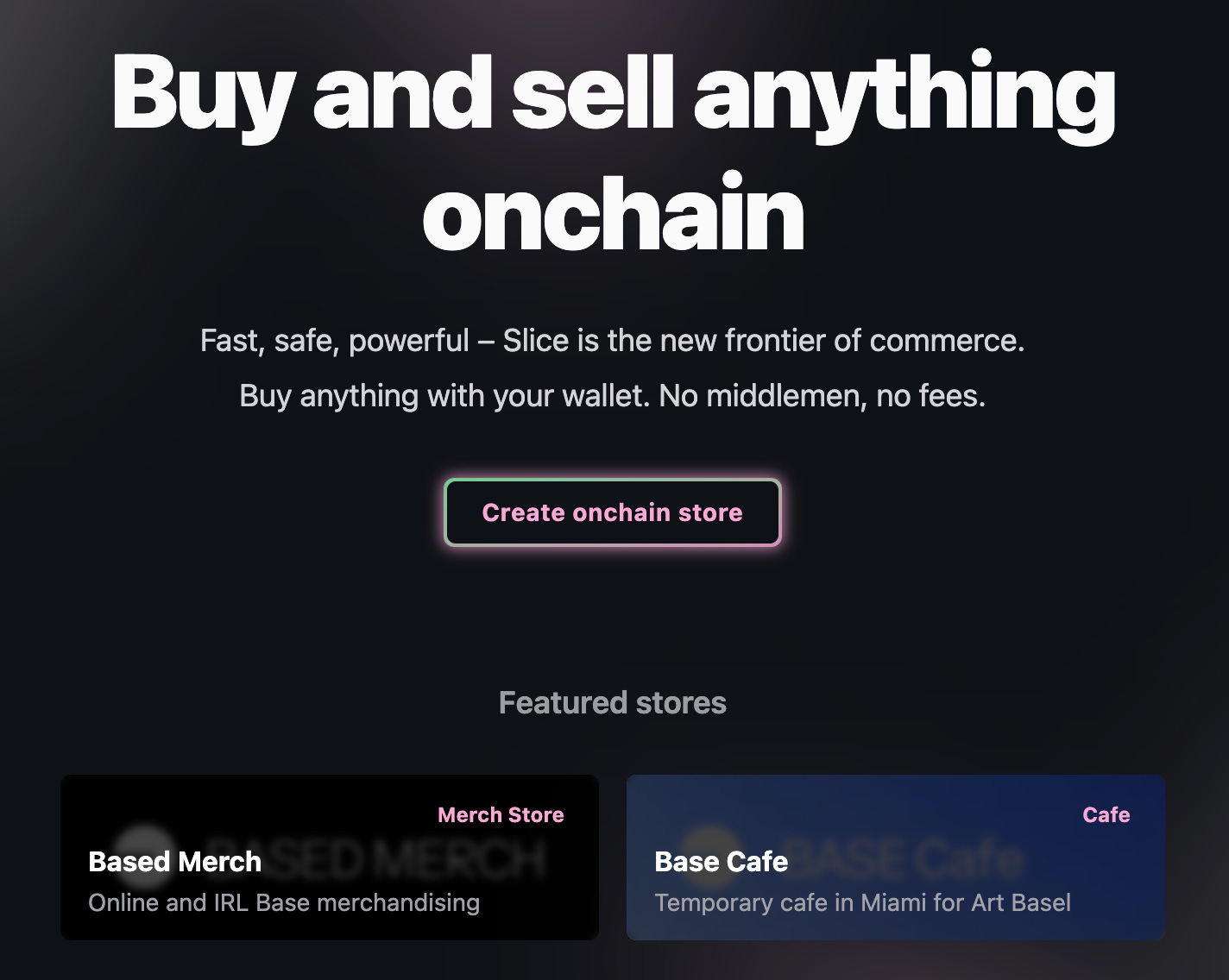
What is it? An onchain commerce protocol that allows users to purchase goods with their wallet. During the Buildathon, the Slice team added several new features including Coinbase Smart Wallet integration, gasless purchases, and checkout via Farcaster Frames. Existing features of the protocol include instant settlement, revenue splitting, referrals, token-gating, and more.
Why is it interesting? Slice is proof that making onchain purchases in crypto can be as easy as a standard offchain checkout flow. In fact, Slice powers Base’s Onchain Summer Shop, Based Nouns, and Base Cafe at EthCC.
Where does this exist today? We’ve all made online purchases before, right? 😉
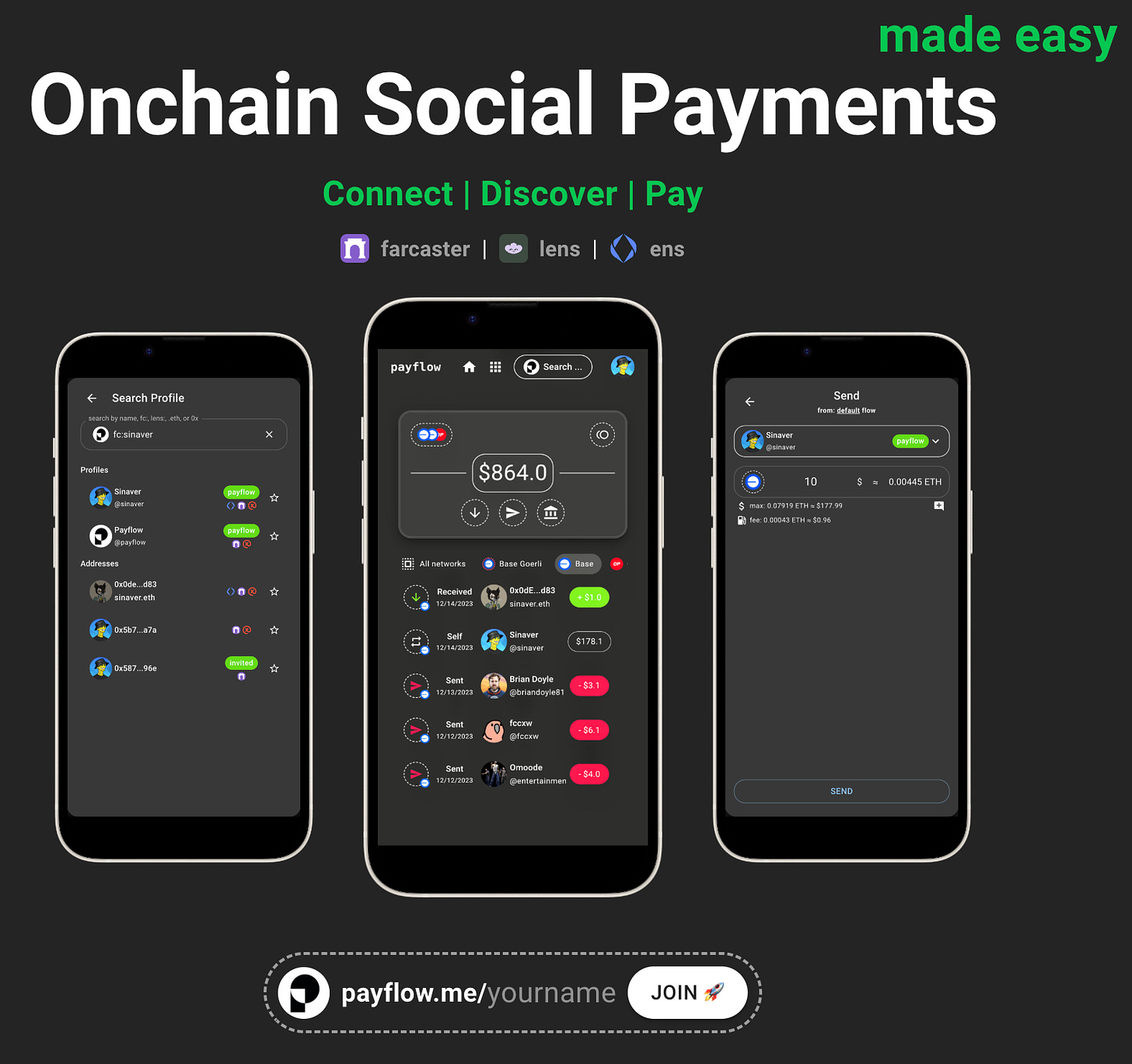
What is it? Payflow is an app that makes it easy for users to leverage their onchain social graphs for payments. Users can search for friends via wallet address, Farcaster, Lens, or ENS address. Once logged in, Payflow doesn’t require transaction approvals because it uses Privy for social signer approval.
Why is it interesting? We’re starting to see more implementations for P2P payments with permissionless social graphs in practical and useful ways.
Where does this exist today? P2P payments such as PayPal, Venmo, Cash App, Zelle, etc. However, these apps are unable to leverage social graphs.
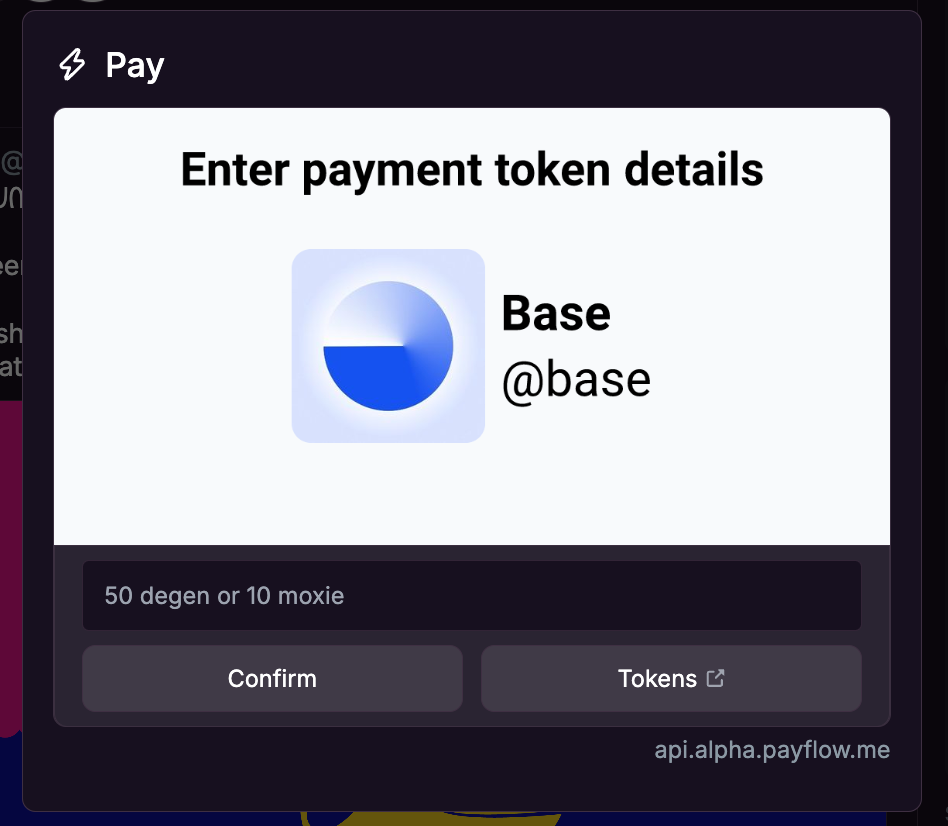
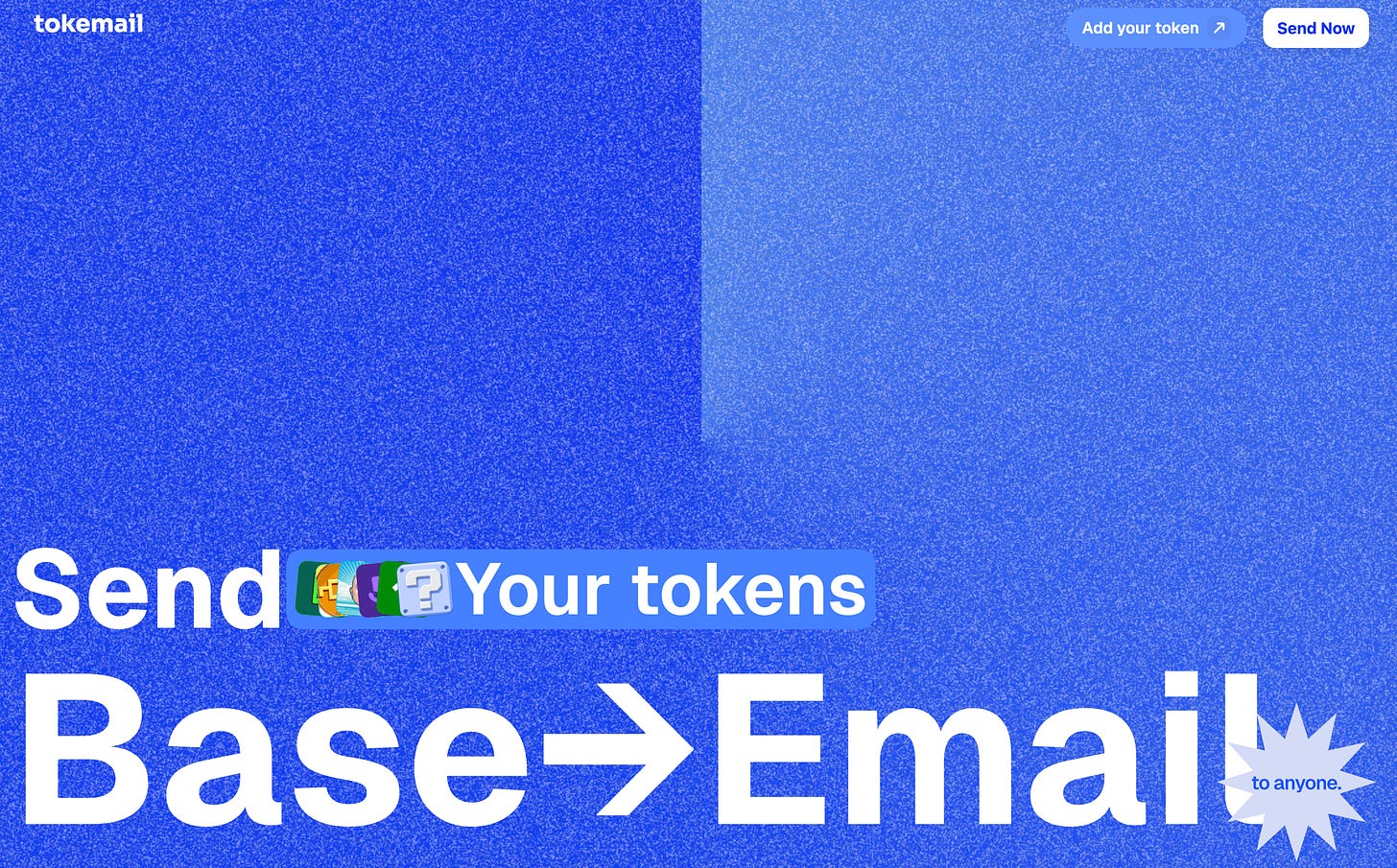
What is it? TokeMail is a tool that makes it easy for anyone to gift crypto to email addresses via a loaded wallet. The recipient then creates a Privy wallet via email and can claim the gifted tokens.
Why is it interesting? I’m a fan of simple and/or creative approaches to onboarding people to crypto, and this certainly is a simple way to do it.
Where does this exist today? Sending gift cards via email from popular merchants like Amazon or Starbucks. Coinbase implemented a similar version of this but requires recipients to take the extra step of downloading the Coinbase Wallet app.
Do you have an email? If so, share this with another email or subscribe with yours!
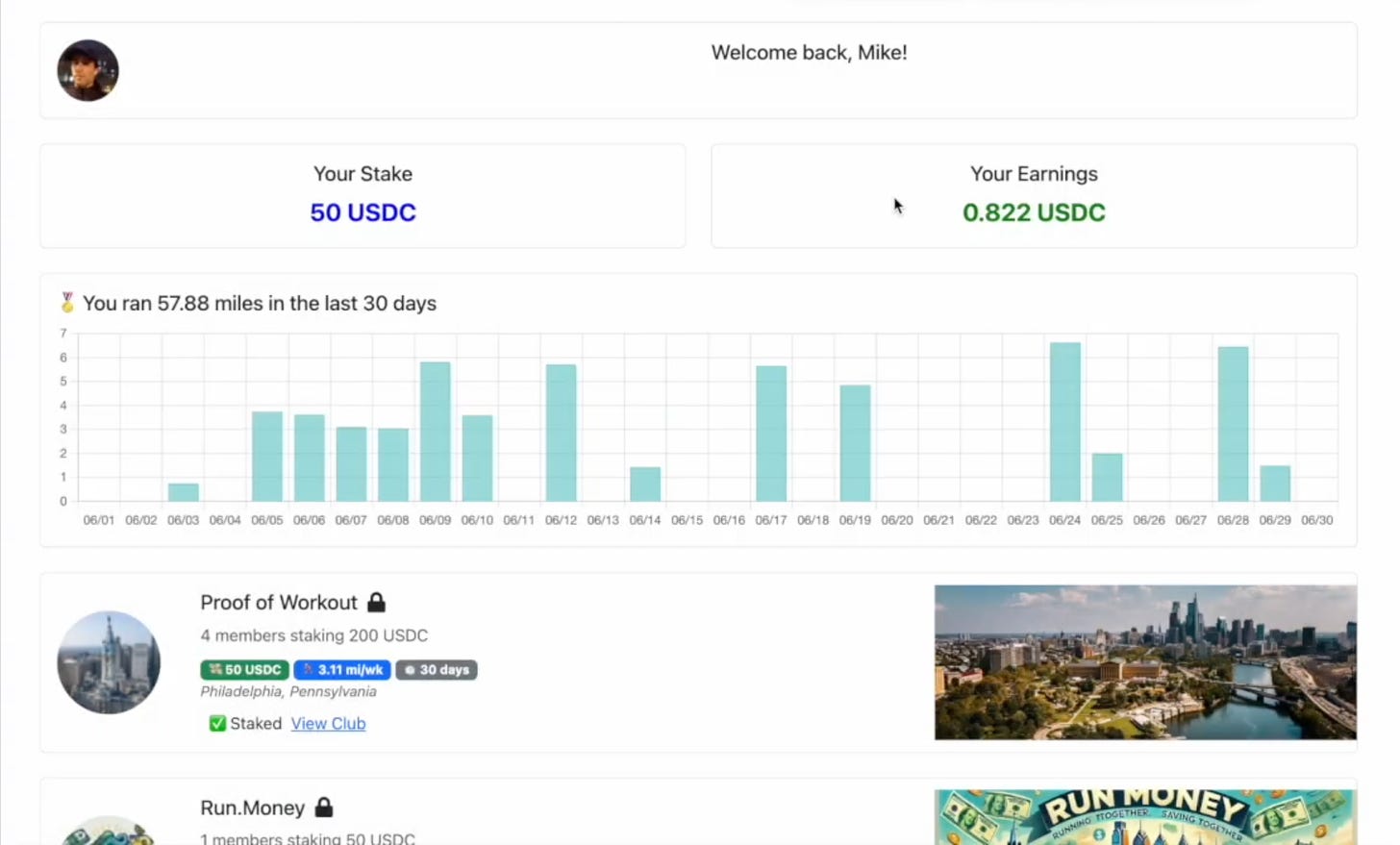
What is it? Run Money merges financial and physical health with a ‘run-to-earn’ model. Participants stake USDC as an additional incentive to commit to their fitness goals, and meeting these goals allows the USDC to be reclaimed. Social accountability is introduced with Strava fitness tracking and running clubs, and members who don’t meet their goals have their stake slashed and redistributed to members who meet their goals.
Why is it interesting? If you’re serious about committing to a habit, financial stakes are a simple way to up the ante. We don’t see many apps that integrate physical, social, and financial components, and Run Money is a good example of what the convergence of these pieces could look like.
Where does this exist today? There are plenty of habit tracker apps out there, but ones with a financial stakes component like stickK are rare.
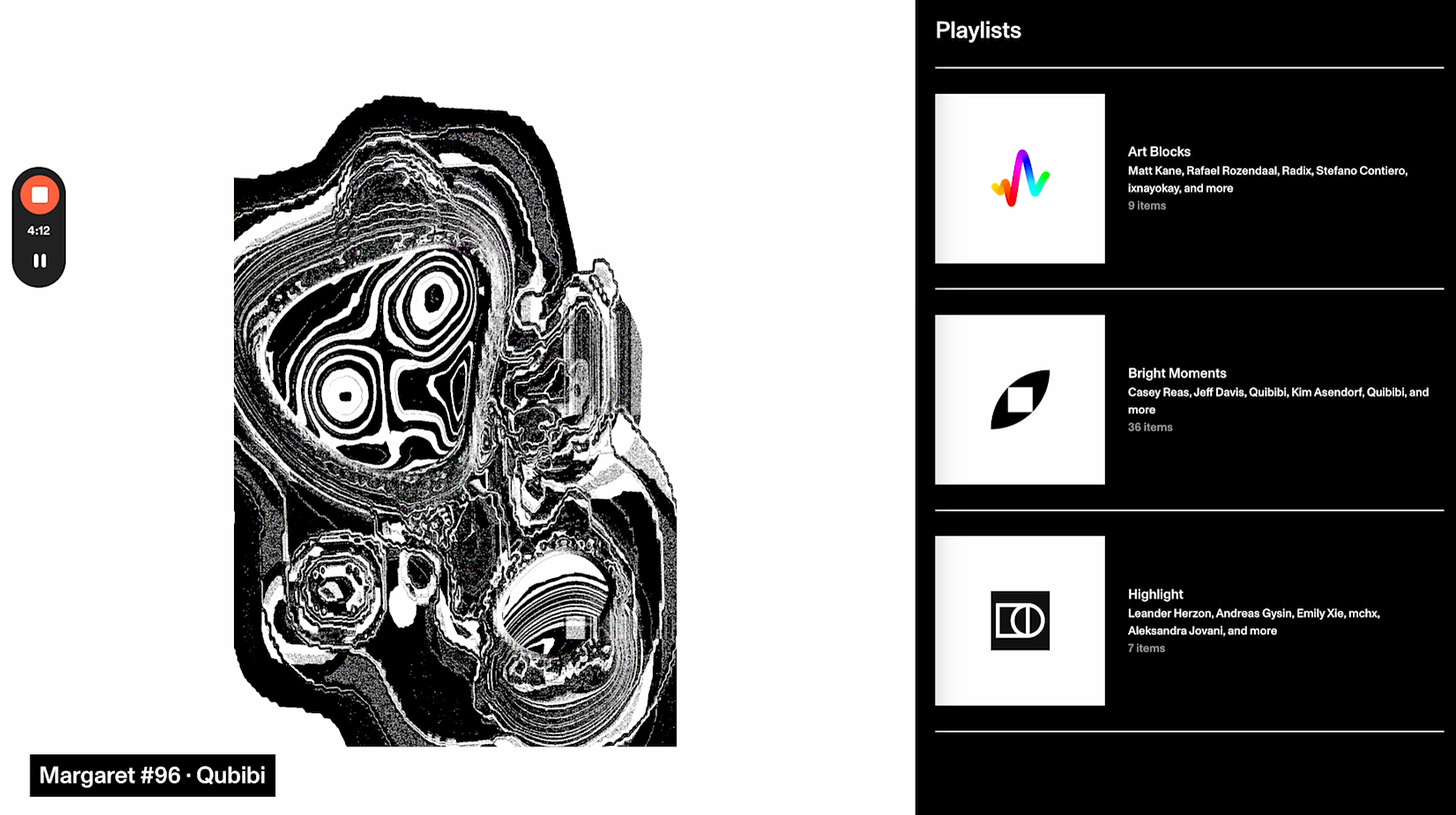
What is it? view.art allows anyone to discover and display generative art directly in their browser. Users can select from curated playlists, create their own, or even have ‘smart’ playlists created for you.
Why is it interesting? view.art is a browser-based visual playlist that doesn’t require special software or hardware to display and playlists are easy to share.
Where does this exist today? Think Spotify playlists, but a visual version with generative art 🖼
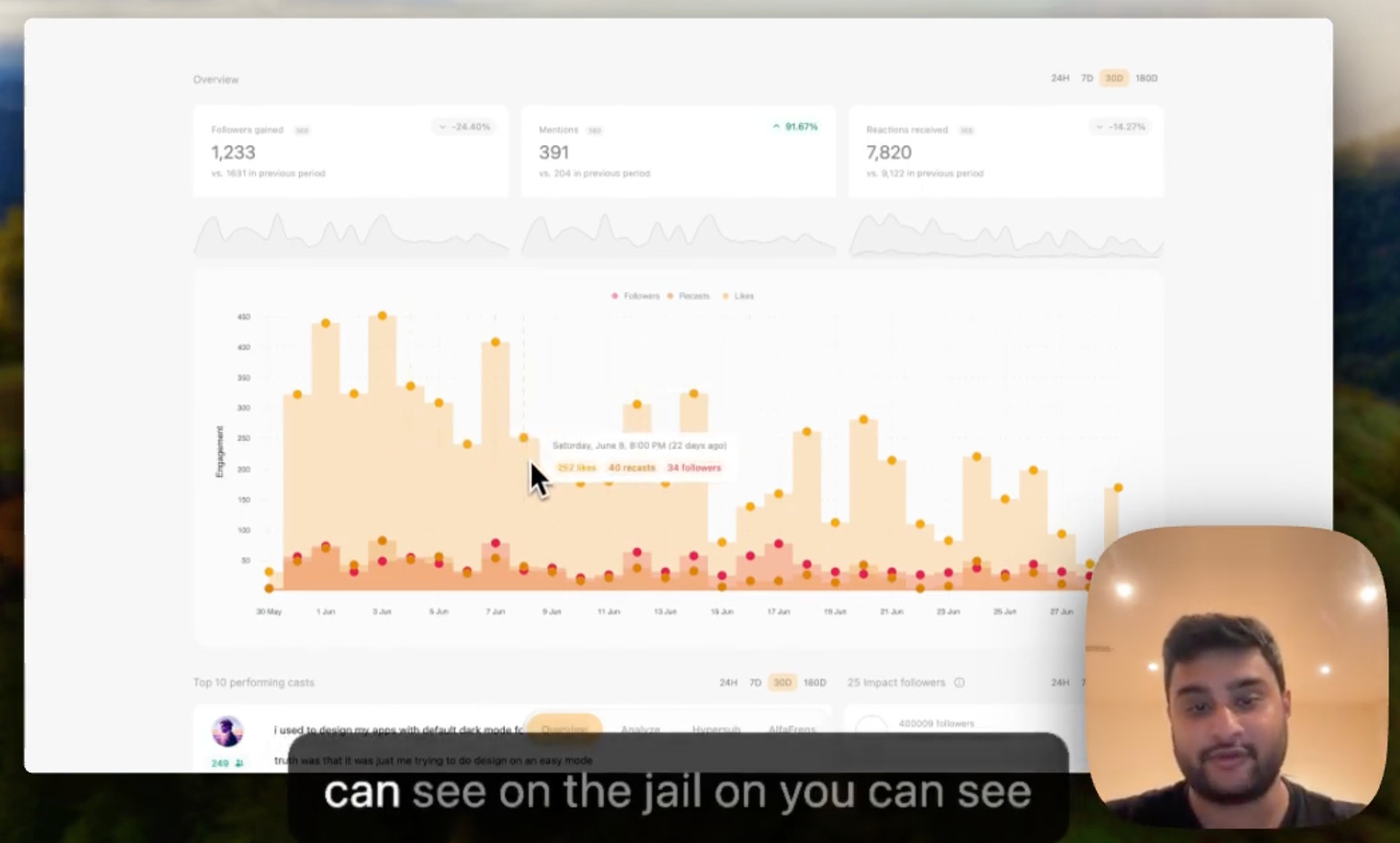
What is it? Intelligent is a growth tool for Farcaster accounts. The tool already has 40+ paid subscribers and has features such as engagement-based allowlists, promoted posts, and performance analytics.
Why is it interesting? As Farcaster grows as social protocols, tools like Intelligent will become more valuable for creators and brands that want to focus on growth.
Where does this exist today? Many popular tools exist for the top social platforms today, so Intelligent is applying the same proven business model for an emergent Farcaster ecosystem.
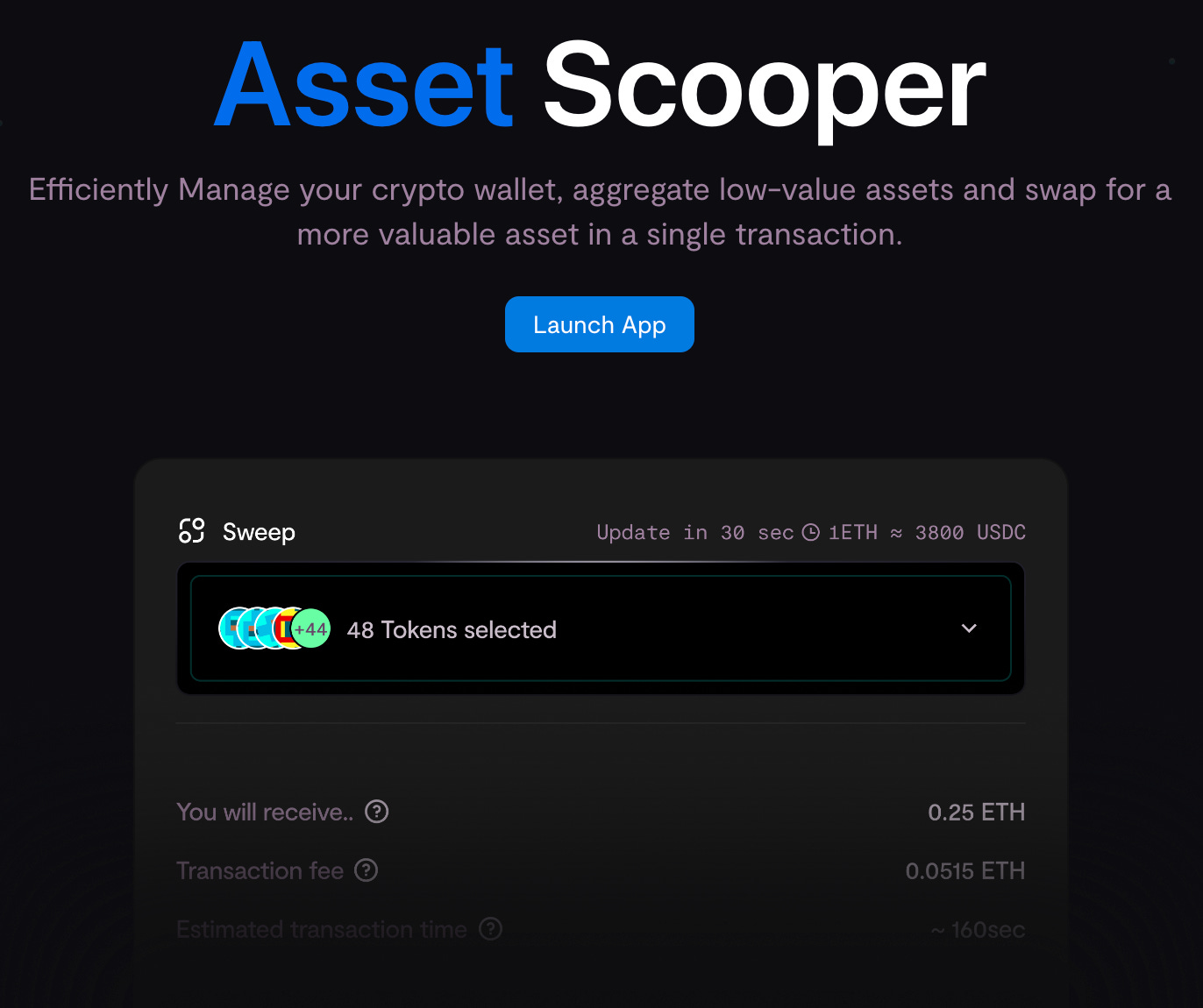
What is it? Asset Scooper aggregates small balances of various tokens (as a byproduct of airdrops, tips, or previous activity) and swaps them into a token in one transaction.
Why is it interesting? If you’re like me, you’ve probably swapped low-value tokens one by one at some point in the past. Asset Scooper saves time by batching this together.
Where does this exist today? The first version I’ve seen before was with the EPIK’s Dust to Duck tool, focused on converting low-value memecoins to the EPIK memecoin. Now we’re seeing this type of tool expand beyond memecoins. An IRL version of this is Coinstar, with kiosks that turn coins into bills or gift cards.
Themes
This shortlist of winners I curated is based on what particularly interested me, and there were plenty of other great projects. That said, we can parse out a few themes.
Onchain apps are beginning to look like apps we use in our day-to-day
Online stores, P2P payments, analytics tools, you name it. The Buildathon did a great job of showcasing the progress this industry has made in making consumer apps easy to use.
New tools and solutions allow for simple onboarding and transaction experiences
Smart wallets, Dynamic, Privy, and account abstraction (enables sponsored transactions, removing gas fees) help these apps go toe to toe with other experiences.
These projects expand the realm of what’s practical
Smart contracts have always expanded the realm of what’s possible, but we’re now seeing smart contracts expand the realm of what’s practical. We can look at the list of projects I’ve highlighted above and none of them are ‘dumb’. They have use cases today, and several of them are already adopted by broader ecosystems (Slice, Payflow) and/or monetizing (Intelligent).
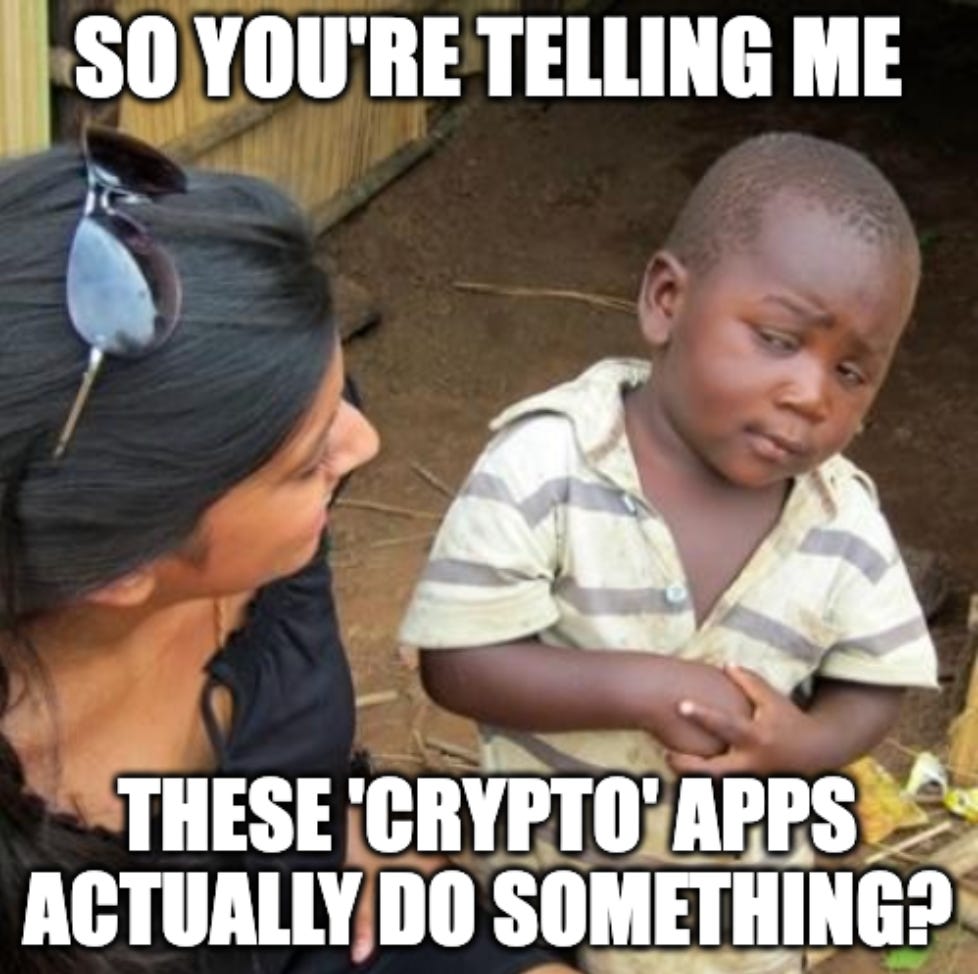
It’s easy to look at the state of the industry from solely a financial lens (memecoins, speculation, price-based sentiment), but the Onchain Summer Buildathon is showing us that there are plenty of apps providing a glimpse of an exciting (and practical!) future.
Other interesting things
Doodles launched their Doodlesᵗᵛ Super Pass which includes early access to 3 Doodles Records (produced by Pharrell), access to the digital premiere of ‘Dullsville and the Doodleverse’ in September, and onchain album artwork. This Friday, holders will have access to a 3-day viewing window of Coi Leray’s ‘Not in the Store’ music video & have limited edition collectible album artwork airdropped to their wallets.
Speaking of hackathons, Alliance released the first episode of their ‘Minimum Viable Product’ docuseries. This reminds me of Pudgy Penguins’ Building in Public series. Great stuff.
